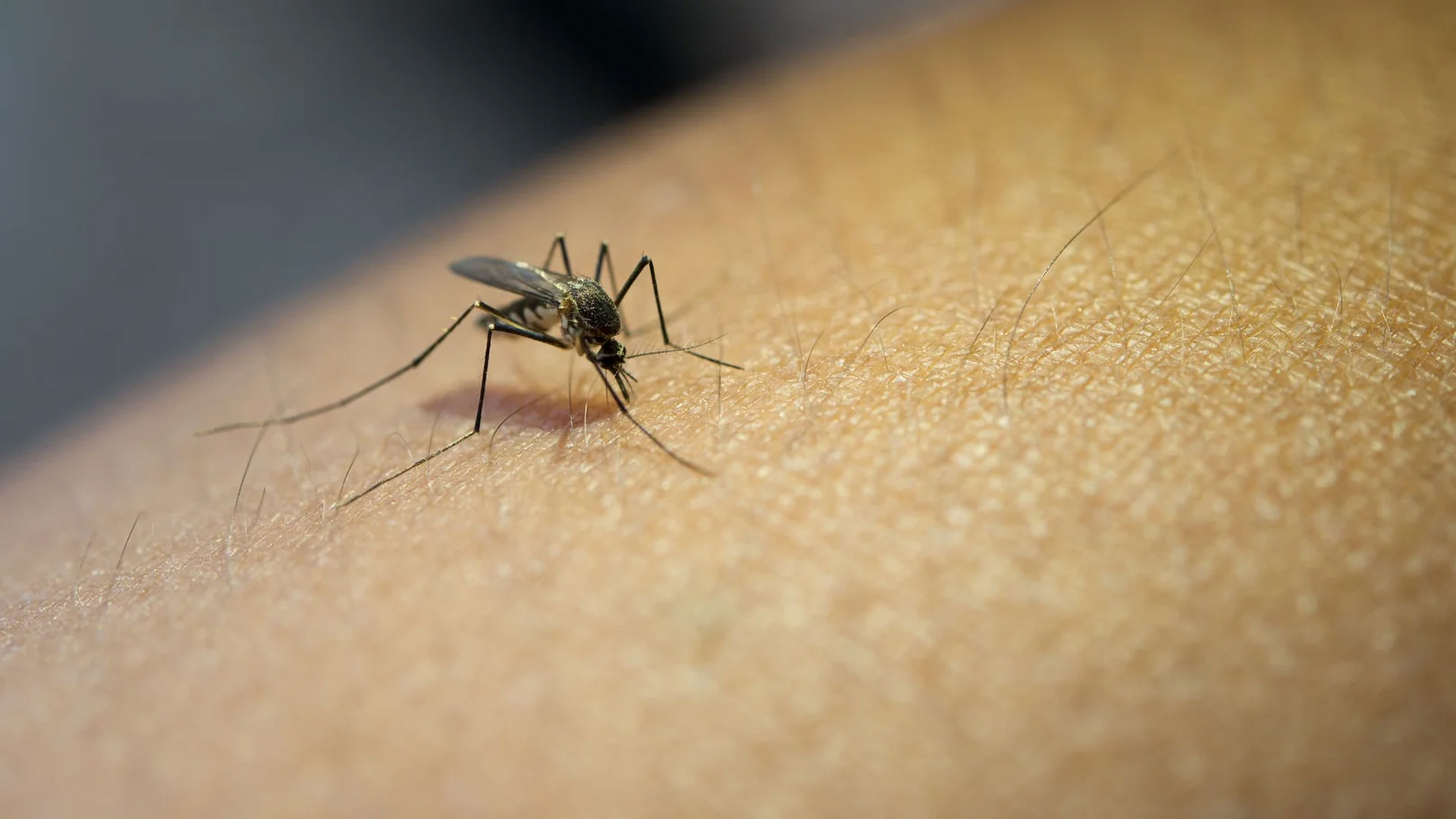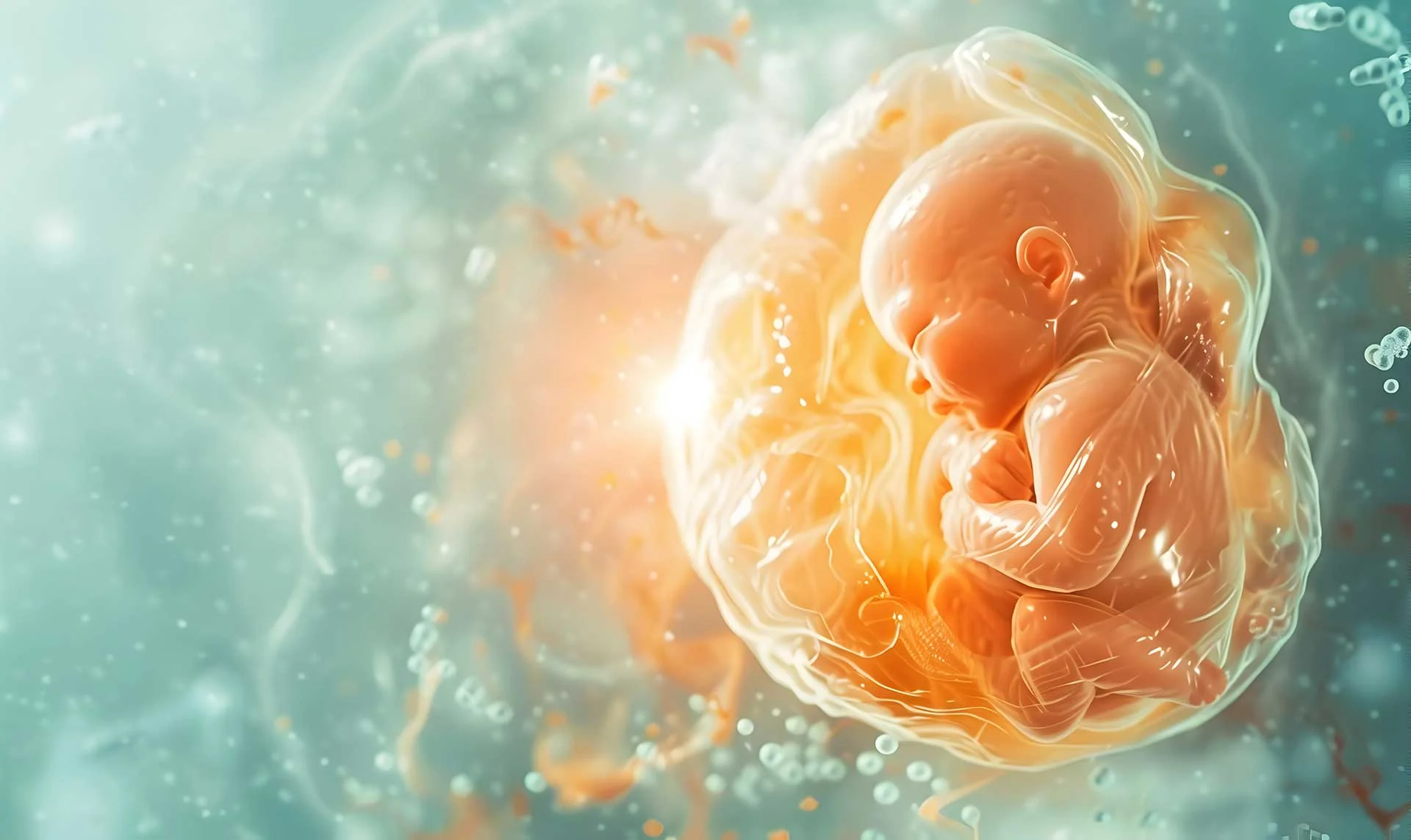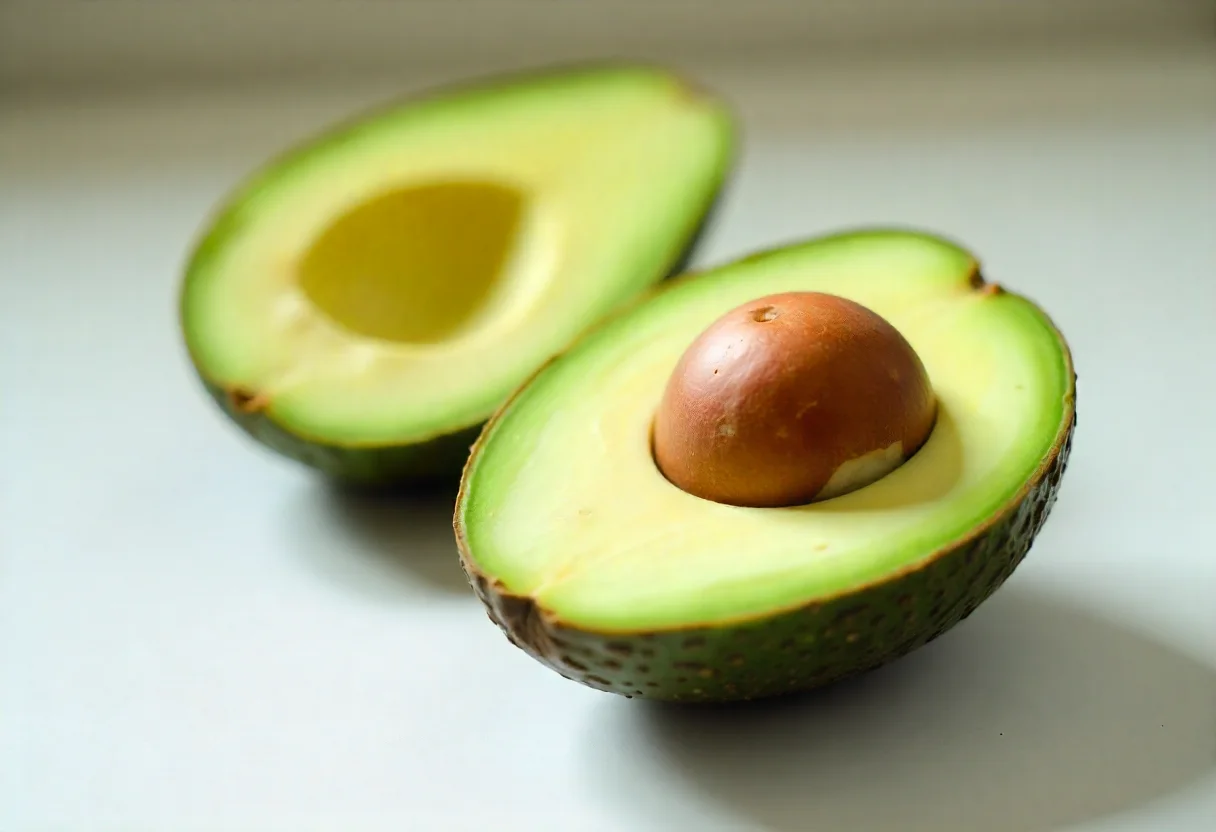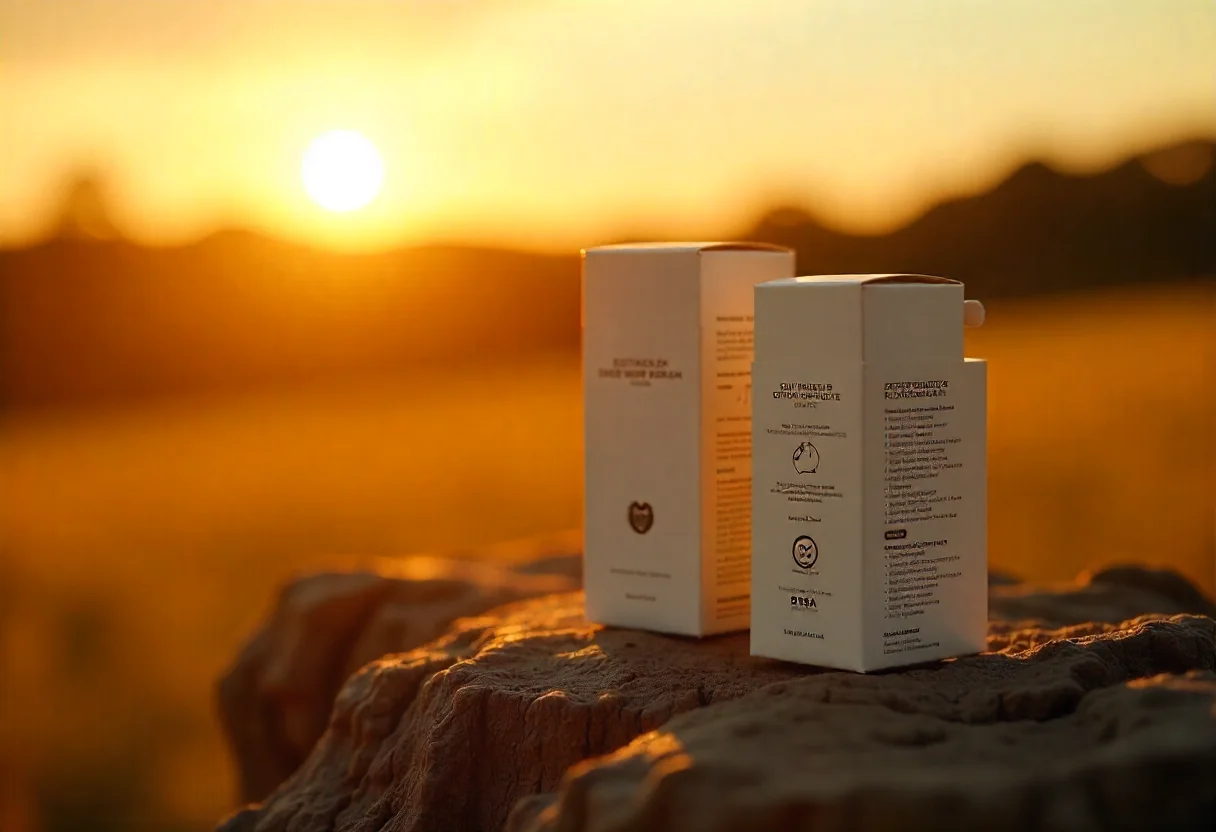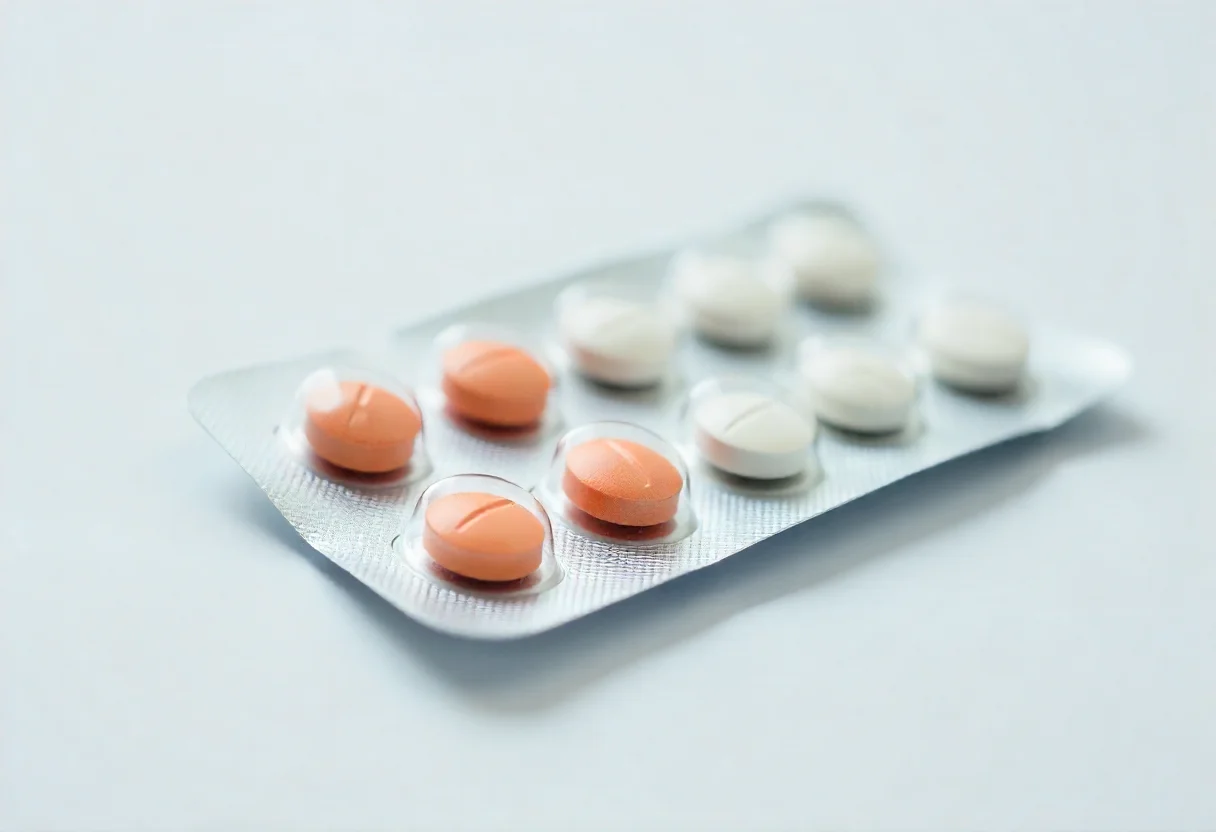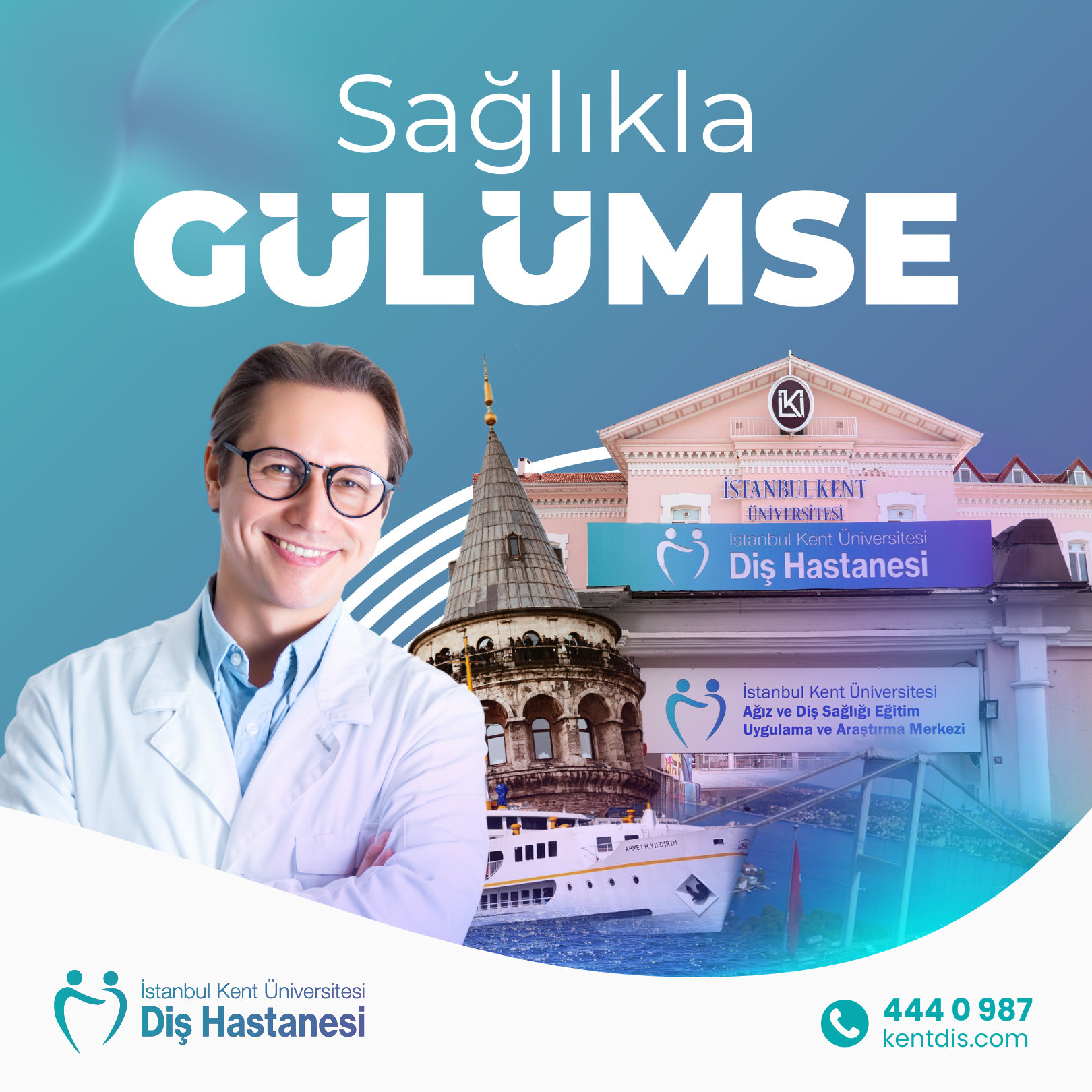"The first condition for being generally healthy is to attain oral and dental health!"
Prevents tooth and gum diseases
The World Health Organization (WHO) defines oral and dental health as the condition of the mouth, teeth and orofacial structures that allow individuals to perform basic functions such as eating, breathing and speaking [1]. When oral and dental health is not good, serious problems such as tooth and gum diseases, cavities and tooth loss occur. Since the mouth is the beginning of the digestive system, we can say that the health of this area affects not only the orofacial region but also all body functions. Because good oral and dental health literally affects the general health of the body by helping to prevent bacteria and infections that may occur in the body. A healthy mouth ensures the proper functioning of the digestive system. For this reason, it is extremely important to protect oral and dental health and maintain good care [2].
Therefore, maintaining dental health provides the following benefits:
What problems may arise from neglecting oral health?
Maintaining oral health is highly important for overall body health, and well-being. It is primarily the opening of the digestive system, and is associated with immune, and digestive problems because it affects the entire gastrointestinal system. In addition, being an aesthetic, and functional area in the oro-facial region contributes to the appearance, and image of individuals. Oral hygiene is important for many reasons, both health, and aesthetics. Neglecting oral, and dental health may lead to many problems.
Tooth decay: Inadequate brushing, not using dental floss, or excessive consumption of sugary foods can cause tooth decay. The main reason for tooth decay is; It is the failure to clean sugary, acidic food substances that easily stick to teeth, and gums for a long time [3].
Periodontal diseases: Incomplete, and incorrect oral hygiene practices cause inflammation of the gums surrounding the teeth, and gum recession. Bleeding, redness, and bad odor in the gums are the main indicators of gum disease. Poor oral hygiene causes food residues, and bacteria to combine, and form a sticky layer called bacterial plaque on the teeth. The continuity of poor oral hygiene, especially tartar accumulation, causes the gums, and bone structure to recede. Untreated gum problems cause tooth loss in the final stage [4].
Halitosis: Inadequate tooth brushing or incomplete oral hygiene may cause bad breath. Bad breath may cause discomfort in a person's social life, self-confidence problems, loss, and changes in taste [4].
Sensitive teeth: Using abrasive toothpastes or excessively hard brushing may cause tooth enamel to wear away. Tooth enamel is the outermost, hard, and strong layer that protects the tooth. Deterioration of the enamel structure, and severe wear may cause teeth to become sensitive, and cold-hot sensitivity [5].
Oral cancer: Although the incidence of oral cancer is not very high, it is more common in Third World Countries where hygiene habits, and nutritional deficiencies exist. Because poor oral hygiene increases the risk of developing cancerous cells in the mouth. In addition, the presence of constant pain, and abscessed teeth in the mouth causes the newly developing cancerous structure in the mouth to go unnoticed, and to be diagnosed late [6].
Pregnancy problems: Poor oral health can cause both oral complaints during pregnancy, and pregnancy problems such as premature birth, low birth weight, and preeclampsia [7].
Focal infection: Teeth with inflammation at the apex of the tooth cause serious infective conditions, especially in organ transplantation patients, patients with advanced heart defects/operations, and patients undergoing cancer treatment. It is important to clean all infected teeth orally before planned operations [8].
Brush your teeth! But how?
The first step to good oral hygiene is using a toothbrush correctly. Applying excessive pressure, using a toothbrush with very hard bristles, and incorrect brushing technique cannot effectively clean bacterial plaques, and damage the gums. Therefore, choosing the right toothbrush, and how to use it is important. If a special brush (orthodontic, ultra-soft, etc.) is not recommended by your dentist, toothbrushes with medium-hard bristles will be the right choice for general use. For proper teeth cleaning, it is best to place the head of the toothbrush at a 45° angle to the tooth-gum junction, and apply a gentle movement from the gum to the tooth. Brushing at least twice a day for two minutes each time will be sufficient for a healthy mouth [9]. And don't forget to change your toothbrush when the bristles start to wear or bend!
How can I protect my oral health? In summary, to protect our oral, and dental health;
- Brush your teeth regularly
- Use dental floss, and mouthwash
- Eat healthily, and correctly
- Stay away from smoking, and alcohol
- Get regular dental checkups
Oral health is an integral part of overall health, and changes throughout life, from childhood to old age. How aware are we of the oral care needs specific to body needs that change, and develop at every age?
Oral, and dental health in children
Regular oral, and dental care is necessary from the time the first teeth emerge in childhood to have healthy teeth in later ages. Primary teeth, which begin to appear in infancy, and complete their development between the ages of 2-3, are then shed, and replaced by permanent teeth that will emerge. There is a misconception among the public that primary teeth in the mouth do not require much care during childhood because they will fall out anyway. Not paying enough attention to oral, and dental care during childhood, when primary teeth are present, negatively affects the health of permanent teeth by causing primary teeth to decay, loss of eruption guidance for permanent teeth, and premature loss.
For children, primary dentition is between the ages of 0-6, mixed dentition is between the ages of 6-12, and permanent dentition is the period after the age of 12. Around the age of 6, four first molars (6-year-old teeth) emerge from the back of the primary teeth, on both jaws, on the right, and left. Since they are the first teeth to emerge at a very early age, they may be confused with primary teeth. However, they are the first permanent teeth that remain in the mouth throughout life, and are the center of chewing. It is very important to protect these teeth, and for this purpose, applications called fissure sealants that protect the tooth against caries should be applied [10,11].
Things to consider for babies, and children
- Do not give your baby sugary foods that cause cavities in his last feeding at night. After giving babies milk from a bottle, give them water to drink, and even give them a piece of cheese to clean their mouths.
- Never dip the pacifier in honey, molasses or sugar.
- Do not put your baby's spoon in your mouth during feeding, do not take the food out of your mouth, and give it to the baby.
- Do not give your child sugary, sticky foods, and drinks between meals.
- Babies should be weaned off bottles after about one year of age to prevent deterioration in jaw development, and should be accustomed to feeding using standard cups, and spoons.
- From the age of two, develop the habit of brushing teeth regularly twice a day under parental supervision.
- Choose a toothbrush, and toothpaste appropriate for your child's age.
Oral, and dental health in adulthood
In adulthood, especially around the age of 25, at the end of the adolescence period, when the body's production activities are quite rapid, the superiority of bone formation over bone destruction begins to come to an end. The change in the balance of construction, and destruction in the body in favor of destruction causes the teeth, and jaw bones to gradually weaken. In addition, the increase, and intensity of life routine as people become involved in social life may cause problems in oral care. As a result of neglected, and weakened oral tissues over the years, tooth, and gum diseases are a major problem in adulthood. In particular, dental caries is one of the most common non-communicable chronic diseases, according to the reports published by WHO. Therefore, creating a regular oral care routine is of great importance in protecting oral, and dental health, and preventing tooth decay. Regular dental check-ups, and acting in accordance with the dentist's instructions will prevent oral diseases [12].
To maintain oral, and dental health in daily life, it will be sufficient to follow a correct nutrition program, and have a habit of brushing teeth. Reducing the consumption of acidic, sticky, and sugary foods, which will damage teeth, and oral structures, and eating a diet rich in calcium, vitamin D, and protein will benefit both the person's body, and dental health. Brushing your teeth at least twice a day for two minutes will be sufficient for oral hygiene. Using extra oral cleaning materials will maximize oral hygiene. Cleaning between the teeth with dental floss or interdental brushes is especially useful for areas where a toothbrush cannot reach. Depending on the condition of the tooth structure, it would be more appropriate to use interdental brushes or dental floss in the size recommended by the dentist, and to use superfloss for people with dentures. The use of a tongue scraper to clean the tongue is recommended to remove plaques settled on the tongue, and prevent bad breath. Using mouthwash at the end of all oral care will be beneficial for clean, and fresh breath (13).
Oral, and dental health in older ages
In the near future; It is predicted that 20% of the world's population will be over the age of 65. With the increasing number of the elderly population; Nowadays, with the influence of better education, and nutrition opportunities, the duration of teeth remaining in the mouth has increased. Having healthy teeth in the mouth in old age is necessary for a comfortable, and enjoyable old age.
In general, intraoral changes are thought to occur with aging; weakening of the oral tissue, and muscles, decreased sense of taste, darkening of the color of the teeth, recession of the gums, decrease in the amount of saliva, and tooth loss. As we age, the fluidity of saliva decreases along with its amount, resulting in bacterial plaque accumulation on the teeth. Increased bacterial plaque increases the risk of caries, and gum disease. Since the mechanical cleaning, and moisturizing effect of saliva decreases, fungal infections may occur, especially in the mouth, and corners of the lips. Dry mouth reduces the resistance of the oral tissues to impacts, causing frequent mouth sores, mouth burning, decreased sense of taste, and pain. Salt, and sugar consumption may increase in the elderly due to decreased taste sensitivity, and this may lead to the development of systemic diseases. Against these physiological changes, frequent consumption of water to moisten the mouth in the elderly is important to compensate for decreased saliva. Since the oral tissues of the elderly are not resistant to mechanical forces, it is recommended to use toothbrushes with soft bristles., and most importantly, oral hygiene habits established in adulthood will form the basis for a healthy old age [14].
Oral, and dental health in individuals requiring special care
Individuals requiring special care, although they have different characteristics, generally have inadequate oral hygiene due to deterioration in chewing functions, decrease in saliva flow rate, increase in the frequency of carbohydrate intake, and muscle joint problems. Therefore, these individuals are in a high risk group in terms of exposure to oral, and dental diseases. In addition, the fact that these individuals have difficulty accessing oral, and dental health services increases the importance of protecting oral, and dental health. It is of great importance to have routine dentist checks every 3 months for individuals who require special care. Since it will be difficult for these individuals to perceive abstract concepts, the importance, and necessity of teeth cleaning should be shown concretely with pictures, and encouraged to brush.
It is beneficial if the head of the toothbrush is smaller than normal, and specially developed in order not to trigger the gag reflex, and to reach every area in the mouth. Considering individual differences, patients with weakened muscle functions or who cannot use their hands effectively may need a toothbrush with a long handle or attachments to help grasp the handle of the toothbrush. In these individuals, topical fluoride gels or varnishes can be applied by the dentist at 3-month checkups to increase the resistance of the teeth to decay. Visiting a dentist should not be neglected in cases such as tooth fracture, bleeding, and swelling in the gums, or discoloration of the teeth noticed by the patient or his/her relatives [15].
Oral and dental health during pregnancy
Pregnancy refers to a temporary, normal, physiological situation in which body structure and habits change. Both a person's eating habits and hormonal changes in the body have a significant impact on oral and dental health. The increase in the amount of acid in saliva during pregnancy makes teeth prone to decay, vomiting attacks that can be seen especially in the first months, and not paying attention to oral hygiene are among the main factors that increase the risk of caries. If pregnant individuals with gum problems do not pay attention to oral care, gum problems will increase due to hormonal changes. Pregnant individuals who experience bleeding gums may avoid brushing their teeth. This causes more bacteria to accumulate on the teeth and causes swelling, redness and more bleeding in the gums. The need to stay away from radiation during pregnancy also limits dental treatments.
Pregnancy is examined in 3 periods in terms of dental treatment: 0-3 month period; This period is the period when the individual is most sensitive. It is important to see a dentist in cases that cause toothache and may harm the mother and baby if left untreated. 3–6 month period; This is the time period during which tooth extractions, fillings and root canal treatments can be performed, which cannot be postponed until the end of pregnancy. It is the most suitable period for dental treatments. 6-9 month period; During this period, the baby has grown considerably in the womb and birth is approaching. It is recommended not to perform any treatment other than emergency treatments.
It has been scientifically reported in studies that dental and gum diseases increase the likelihood of low-weight babies by 7 times. For this reason, pregnant women should pay more attention to their oral and dental care and nutrition. The common belief in society that "Every pregnancy causes the mother to lose a tooth" is a completely wrong belief, and there is no scientific data on the loss of calcium from the mother's teeth during pregnancy. Pregnant women should consume foods rich in vitamin D, calcium, vitamin C and vitamin B12. If the body cannot get enough calcium from food, the amount required for the development of the baby is met by the mother's bones. There is no calcium dissolution from the teeth [16, 17].
Misconceptions about oral and dental health
Using a hard toothbrush makes teeth whiter.
No, soft or medium hard toothbrushes should be used. Contrary to popular belief, hard toothbrushes are not useful and damage the tooth surface by abrading it.
It is normal for gums to bleed while brushing your teeth.
Of course it is not normal. Bleeding gums indicate that there is gum edema or gum infection. You should definitely go for a dentist check-up.
Every pregnancy causes you to lose a tooth.
Why lose teeth? With good oral care, you can get through pregnancy comfortably and healthily. Due to changing hormone levels during pregnancy, more sensitive gums may appear, and vomiting attacks in the first months may damage the teeth, but all these negativities can be prevented with good care.
Primary teeth are not important, new ones will grow in their place anyway.
Can such a thing happen? Primary teeth also have important functions. Their most important duty is to protect the place of future permanent teeth. It is important that primary teeth remain in place until the permanent tooth comes in to avoid tooth crowding in the future.
If primary teeth are removed with a needle, new teeth will not grow again.
The formation of both primary teeth and permanent teeth begins in the womb and continues after birth. Therefore, no matter what technique you use to extract the primary tooth, you cannot prevent the permanent tooth from forming.
If tartar cleaning is done once, it is necessary to have it done constantly.
During dental scaling, bacterial plaques settled on the teeth are removed. Therefore, dental scaling at regular intervals (once a year) is a recommended treatment. Treatment after the dental plaques have reached an advanced size can be painful and sensitivity-increasing for patients.
Crooked teeth can only be corrected during childhood.
After teeth erupt into the mouth, unlike other body organs, they do not grow or develop. Assuming that body development continues until approximately the age of 18, treatment of skeletal disorders should be done before this age. However, treatments that only replace the teeth can be performed at any age.
1. Petersen, P. E. Priorities for research for oral health in the 21st century--the approach of the WHO Global Oral Health Programme. Community dental health, 22(2), 71-74. (2005).
2. Petersen, P. E. World Health Organization global policy for improvement of oral health-World Health Assembly 2007. International dental journal, 58(3), 115-121. (2008).
3. Marthaler, T. M. Changes in dental caries 1953–2003. Caries research, 38(3), 173-181. (2004).
4. Genco, R. J, Borgnakke, W. S. Risk factors for periodontal disease. Periodontology 2000, 62(1), 59-94. (2013).
5. O’Toole, S, Bartlett, D. The relationship between dentine hypersensitivity, dietary acid intake and erosive tooth wear. Journal of dentistry, 67, 84-87. (2017).
6. Rivera, C. Essentials of oral cancer. International journal of clinical and experimental pathology, 8(9), 11884. (2015).
7. Mecdi, M, Hotun, N. Ş. Gebelikte ağız ve diş sağlığı. 4 Temmuz, 162. (2015).
8. Mayo, C. H. Focal infection of dental origin (Vol. 64, pp. 1206-8). Philadelphia: SS White Dental Manufacturing Company. (1922).
9. Attin, T, Hornecker, E. Tooth brushing and oral health: how frequently and when should tooth brushing be performed?. Oral health & preventive dentistry, 3(3). (2005).
10. Altındağ A, Yüce F, Mağat G. Investigation Of The Radiological Status Of Permanent First Molars İn A Turkish Subpopulation. Clinical And Experimental Health Sciences, 13(1), 105-113. (2023).
11. Gilchrist, F, Rodd, H., Deery, C., Marshman, Z. Assessment of the quality of measures of child oral health-related quality of life. BMC oral health, 14, 1-17. (2014).
12. Vural UK, Vural CA, Gökalp S. Bulaşıcı Olmayan Kronik Hastalıklar ve Diş Çürüğü. Atatürk Üniv. Diş Hek. Fak. Derg, 80-86. (2016).
13. Kisely, S. No mental health without oral health. The Canadian Journal of Psychiatry, 61(5), 277-282. (2016).
14. Kossioni A, McKenna G., Müller, F., Schimmel M, Vanobbergen, J. Higher education in Gerodontology in European universities. BMC oral health, 17(1), 1-12. (2017).
15. Clinical Guidlines and İntegrated Care Pathways for the Oral Health Care of People with Learning Disabilities. British Society for Disability and Oral Health. (2012).
16. Global oral health status report: towards universal health coverage for oral health by 2030.





